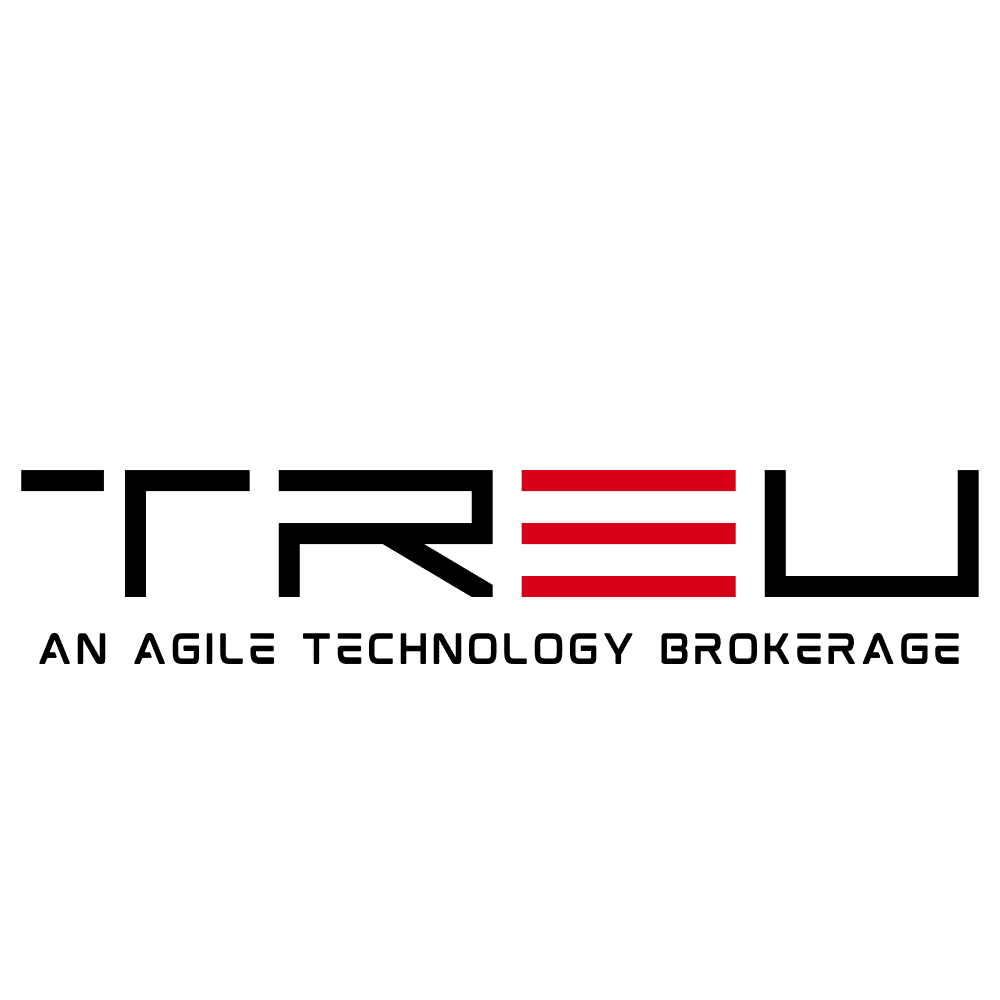# How CIO Advisory Councils Drive Enterprise Innovation and Strategy
In today’s fast-paced, digital-first business environment, **Chief Information Officers (CIOs)** are tasked with navigating an intricate balancing act: driving innovation while ensuring operational excellence. To meet this challenge, enterprises are increasingly turning to **CIO advisory councils**—strategic bodies that foster collaboration, streamline decision-making, and provide a roadmap to innovation. These councils act as crucial enablers of enterprise technology advancements, bridging the gap between strategy, business needs, and emerging technologies.
But how exactly do CIO advisory councils work? And what makes them vital to enterprise tech innovation and strategy? Let’s delve into the key aspects.
—
## The Role of CIO Advisory Councils in Modern Enterprises
### What Is a CIO Advisory Council?
A **CIO advisory council** is a group of internal and external thought leaders, stakeholders, and technology experts brought together to advise the CIO and IT leadership on strategic initiatives. These councils serve as a **think tank** to guide decision-making, assess new technologies, and ensure IT aligns with broader organizational objectives.
These councils typically combine members from across functions such as operations, marketing, customer experience, and external industry experts. This diversity allows for unique perspectives to emerge, driving a holistic approach to enterprise IT solutions.
### Why CIO Advisory Councils Are Essential Today
In a constantly evolving tech ecosystem, organizations grapple with challenges like **digital transformation, cloud migrations, artificial intelligence adoption, and cybersecurity.**
CIO advisory councils address these challenges by:
Ultimately, these councils act as a strategic guide ensuring that enterprises make informed decisions that future-proof their technology investments.
—
## Key Benefits of CIO Advisory Councils for Innovation and Strategy
The formation of a CIO advisory council isn’t merely about boosting IT operations—it’s about **transforming the role of IT into a business-enabling powerhouse.** Below are some of the notable benefits of leveraging these councils:
### 1. Driving Cross-Departmental Collaboration
In many enterprises, IT departments operate in silos, divorced from other functional areas. CIO advisory councils create a **centralized forum for collaboration,** enabling IT leaders to communicate and integrate strategies with other business units.
For example: Effective collaboration between IT and marketing teams can lead to smarter use of analytics and customer engagement platforms, improving ROI across campaigns.
### 2. Promoting Strategic Decision-Making
By gathering diverse stakeholders, CIOs gain access to **broad-based insights** that help mitigate risks and capitalize on technology trends. Advisory councils provide a structured way to evaluate the long-term impact of investments, ensuring that resources are allocated effectively to strategic priorities.
### 3. Accelerating Technology Innovation
Agility and innovation are no longer optional; they’re critical for business survival. Advisory councils give enterprises **greater technological agility** by keeping them connected to the latest industry innovations. Members often bring continuous feedback from the field, offering a sharper lens through which CIOs can assess new tools or platforms.
How this helps enterprise innovation:
### 4. Enhancing Governance and Cybersecurity Posture
With the proliferation of cyber threats, safeguarding sensitive business and customer data remains a top priority. CIO advisory councils enable enterprises to **craft forward-thinking IT policies while addressing immediate security vulnerabilities.**
### 5. Ensuring Scalability and Efficiency
One of the biggest challenges enterprises face during digital transformation is scaling their IT environment while ensuring the entire operation remains streamlined. CIO advisory councils facilitate **cost-effective scaling,** identifying bottlenecks early while pushing innovative, scalable solutions.
—
## Best Practices for Creating a High-Impact CIO Advisory Council
To deliver maximum value to the organization, CIO advisory councils should follow a set of best practices. Here are some tried-and-true steps to creating a high-performing council that drives enterprise innovation:
### 1. Assemble a Diverse and Experienced Team
The success of a CIO advisory council depends on its members. Select a mix of **internal stakeholders, industry experts, and technology visionaries** who have experience tackling complex tech challenges. Diversity in functional expertise encourages creative problem-solving and delivers better outcomes.
**Key roles to include on the council:**
### 2. Establish Clear Roles and Objectives
Defining the council’s objectives from the outset ensures alignment with enterprise priorities. Whether it’s digital transformation leadership, AI adoption, or enhancing monitoring systems, every council agenda should tie back to business goals.
Make roles and expectations explicit for every member, ensuring accountability across all initiatives.
### 3. Focus on Agile and Adaptive Frameworks
Technology innovation demands agility. CIO advisory councils should operate using **adaptive frameworks** that facilitate quick pivots as business needs or market conditions change. Agile methodologies can also help implement pilot IT programs in an enterprise before scaling them further.
### 4. Develop Formal Feedback Loops
Feedback is key to successfully manage the CIO advisory process. By integrating formalized feedback loops, CIOs can continuously refine council operations and tap into evolving expertise. Frequent evaluation of performance metrics fuels continuous improvement and delivers measurable success.
—
## Real-World Examples of Advisory Council Success
### Example 1: AI Adoption in Retail
A global retail company formed a CIO advisory council to align its IT strategy with its goal of **personalizing customer experiences using AI.** By bringing data scientists and marketing professionals into the council, the company developed AI tools that provided predictive analytics for customer purchasing patterns. The result? A 30% increase in targeted sales campaigns and improved customer satisfaction metrics.
—
## Conclusion: A Strategic Compass for the Future
**CIO advisory councils** aren’t just about brainstorming—they empower organizations to execute bold, forward-thinking strategies. By uniting cross-functional expertise, these councils help enterprises navigate the complexities of modern technology landscapes with greater precision and efficacy.
In an era where technological shifts can redefine industries overnight, CIO advisory councils offer **a compass for enterprises**, ensuring every step taken aligns with long-term goals. For organizations seeking to stay ahead of the curve, embracing this strategic framework is a non-negotiable path to innovation and competitive advantage.
So, is your enterprise ready to leverage the power of a CIO advisory council? The sooner you act, the faster you’ll transform your IT landscape into a launchpad for innovation and growth.

